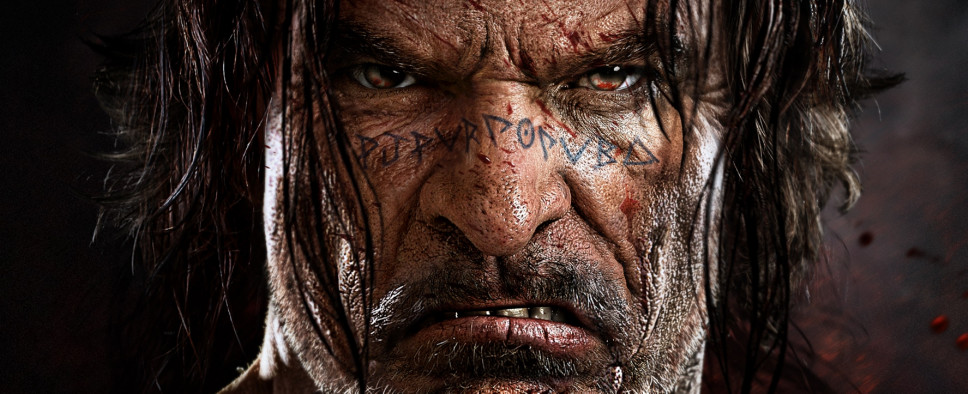Face-Off: Lords of the Fallen
-
Category: News ArchiveHits: 2175

Eurogamer treads into technical territory by comparing the graphic fidelity of Lords of the Fallen and its Fledge engine across the Xbox One, PlayStation 4, and PC in their latest "Face-Off" feature. Framerates, screen-tearing, ambient occlusion, shadow quality, and other facets are all analyzed, with the PC version of the action RPG taking home the performance award:
Perhaps the most impressive visual aspect of Lords of the Fallen is its use of volumetric lighting. Many scenes utilise expansive shafts of light. This isn't a typical screen-space effect that vanishes when not looking directly at a light source, but rather a more expensive ray-marching approach. In order to minimise the performance impact, however, a lower rendering resolution is used along with interleaved sampling to reduce sample count per fragment. The results are impressive on all three platforms but, once again, it appears that a higher resolution implementation is used on PC, resulting in slightly sharper volumetric shafts. In practice, however, the difference is quite subtle.
Detail-wise, the game is completely identical between console versions, but the PC version allows for an increase in texture and scenery detail. Texture resolution across the board is reduced in quality on both consoles, and this is surprising considering the amount of memory available. Less of a shock is the reduction in scene complexity where building facades, statues and other structures all appear simplified next to their PC counterparts. It's clear that all of these cutbacks on consoles were necessary, however, as evidenced by the game's biggest problem: performance.
When the developers set out to create a game in the vein of Dark Souls they probably didn't set out to use Blighttown as a model for performance. However, in many ways that's what it feels like here. Lords of the Fallen is a good-looking game on all platforms but its performance on console very nearly spoils the experience.

